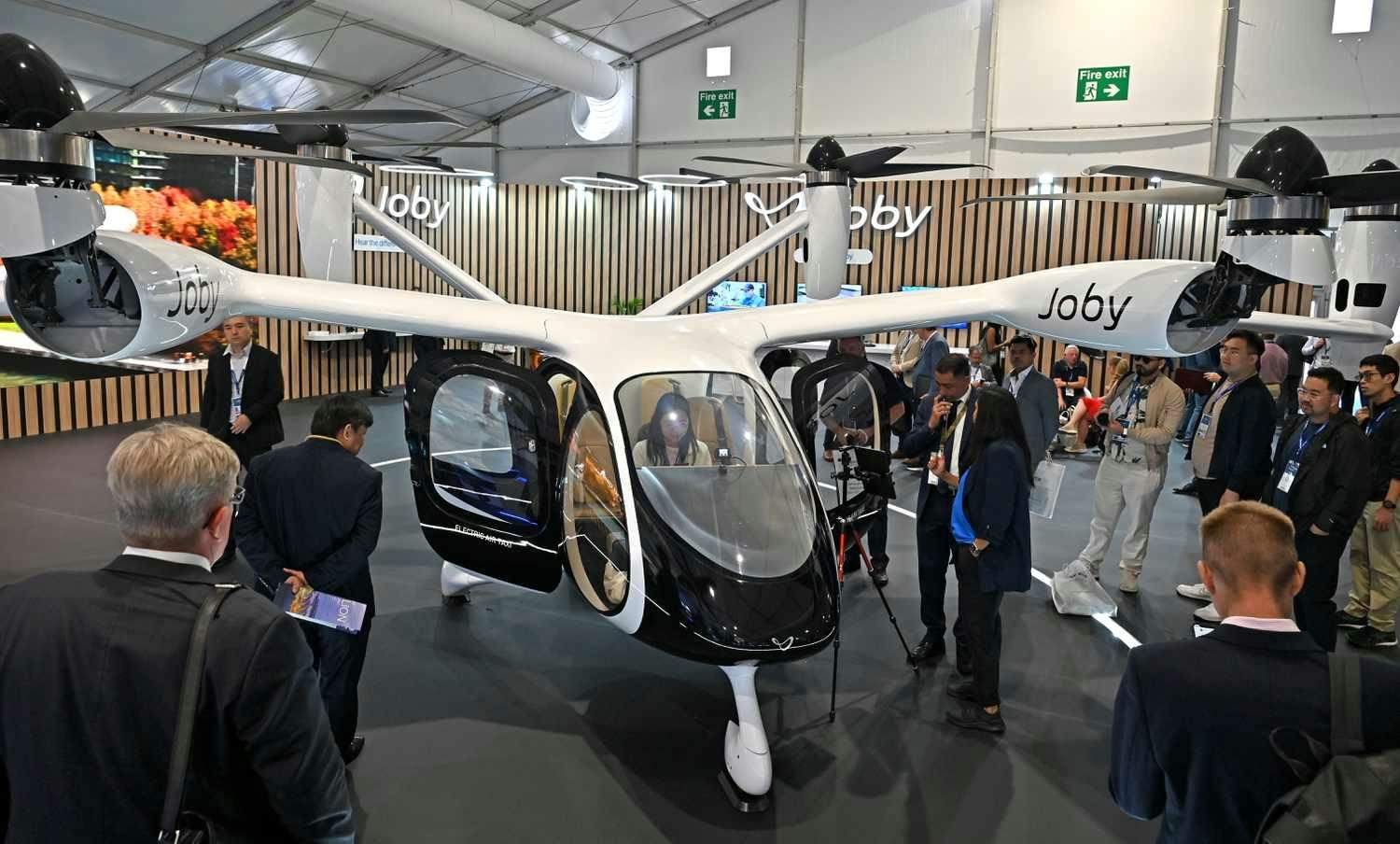
AeroGenie - مساعد الطيار الذكي الخاص بك.
الرائج الآن
Categories
China’s C919 May Benefit from Renewed U.S. Jet Engine Exports, Analysts Say
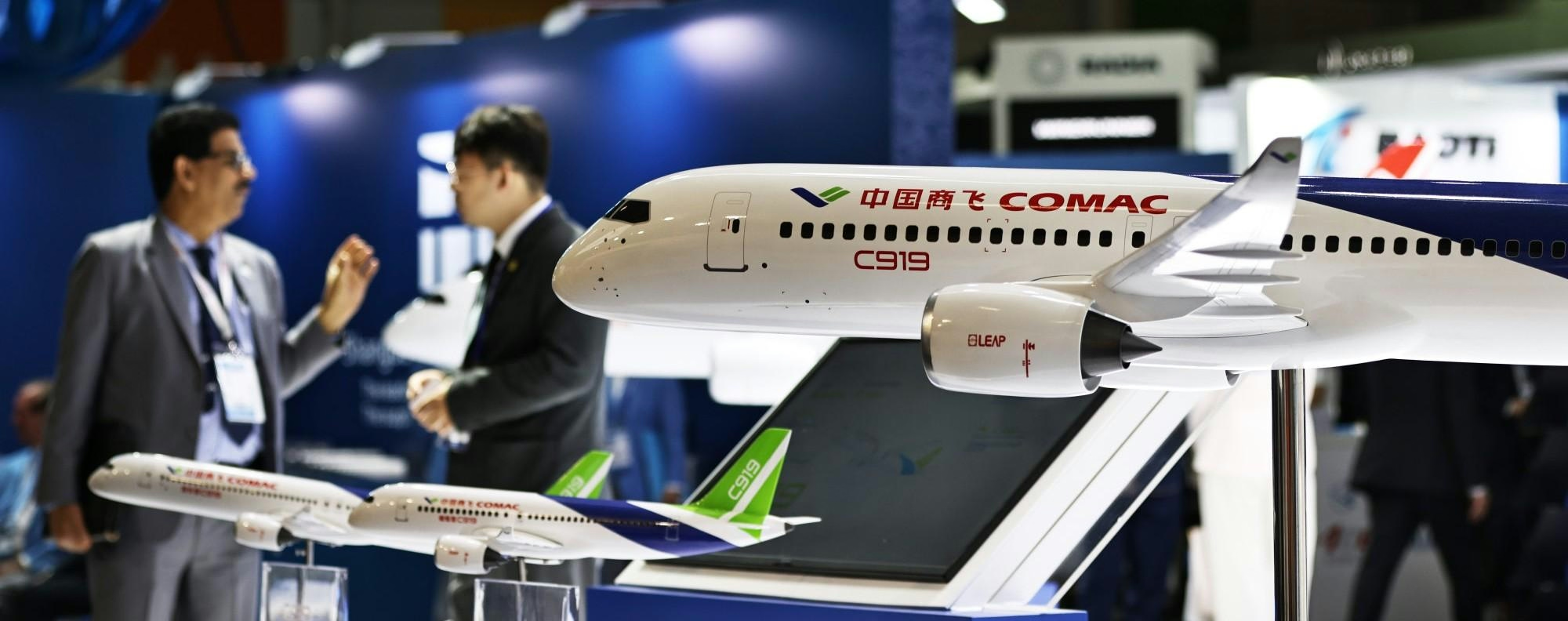
China’s C919 Set to Benefit from Resumption of U.S. Jet Engine Exports
China is positioned to sustain the production of its domestically developed aircraft and broaden its footprint in international aviation markets following the United States’ decision to lift restrictions on the export of American jet engine parts and technology to Chinese buyers. This policy shift enables GE Aerospace to resume shipments to the Commercial Aircraft Corporation of China (COMAC), signaling a potential easing of the trade tensions that have constrained the aerospace sector in recent years.
Impact of Renewed Export Controls Agreement
The resumption of sales follows a bilateral agreement on export controls confirmed last week, allowing Shanghai-based COMAC to import critical engine components from a GE-invested joint venture. This access is crucial for COMAC, which depends on foreign-made engines to fulfill hundreds of orders for its C919 single-aisle aircraft and the C909 regional jet. These models are designed to compete on the global stage with established industry leaders Airbus and Boeing.
Hugh Ritchie, CEO of Aviation Analysts International in Australia, emphasized the significance of this development, stating, “Without access to that technology, essentially the U.S. would control parts for Chinese aircraft. It’s pretty important for COMAC.” Analysts observe that the export restrictions imposed during the Trump administration had a chilling effect on the sector and may have reinforced Beijing’s resolve to accelerate the development of indigenous engines and other critical aerospace components.
Challenges and Future Prospects for COMAC
Despite regaining access to U.S. technology, COMAC remains several years away from obtaining international certification necessary to market its aircraft beyond China’s borders. The company’s ambitions to challenge Western manufacturers globally are further complicated by ongoing trade frictions. For instance, U.S. vehicle exports to China have declined sharply amid tariffs and broader trade disputes.
Chinese aerospace firms, including COMAC, have appealed to the U.S. government to avoid imposing new trade barriers, underscoring the importance of open markets for the industry’s growth. While the recent agreement on jet engine exports is viewed as a positive development, analysts caution that fundamental competition and strategic concerns between the two nations persist.
For the time being, the ability to import American-made engines enables COMAC to maintain its current production pace and fulfill existing orders. Without this access, the company would face the difficult choice of seeking alternative foreign suppliers or hastening the development of domestic alternatives—a process likely to take several years. As the global aerospace landscape evolves, both China and the United States are closely monitoring whether this latest move represents a durable thaw in trade relations or merely a temporary reprieve.

Growth Expected in Aviation Biofuels Market

Civil Aviation Minister Says Air India Crash Investigation Is Thorough and Professional
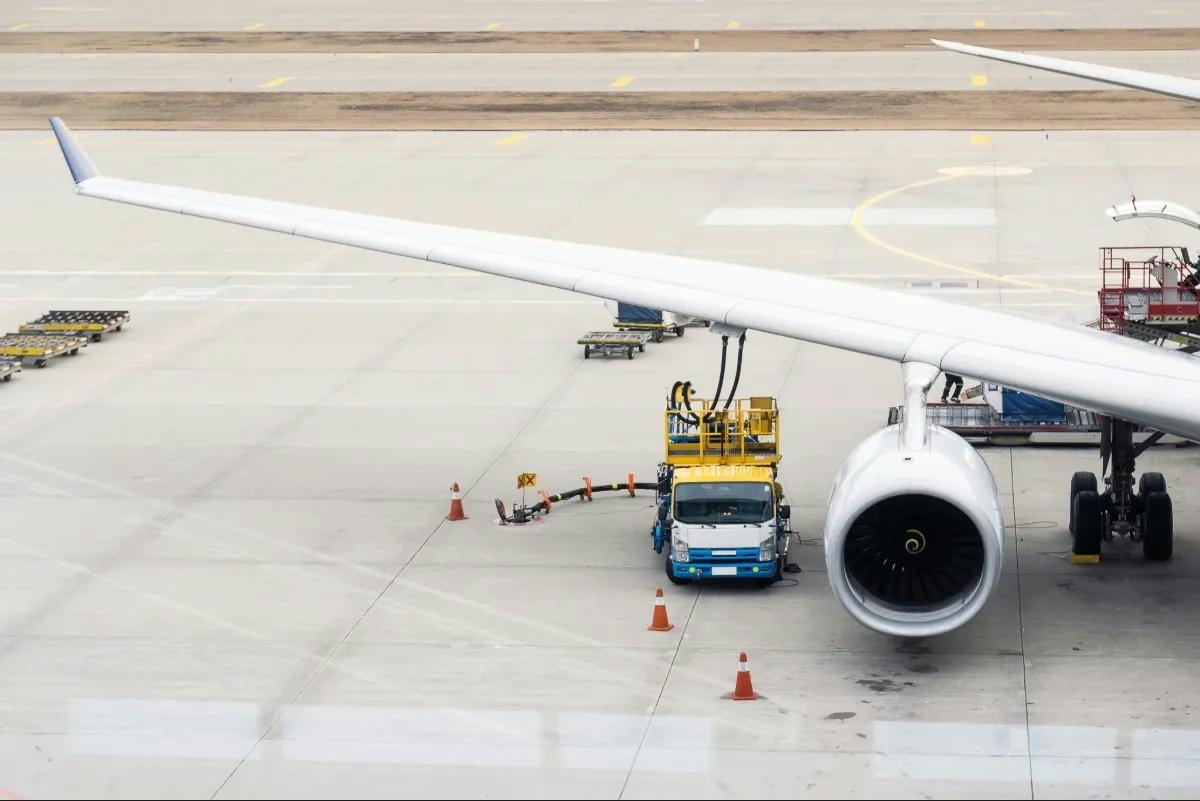
Airline Industry Challenges in 2025: Layoffs, Mergers, and AI Pricing
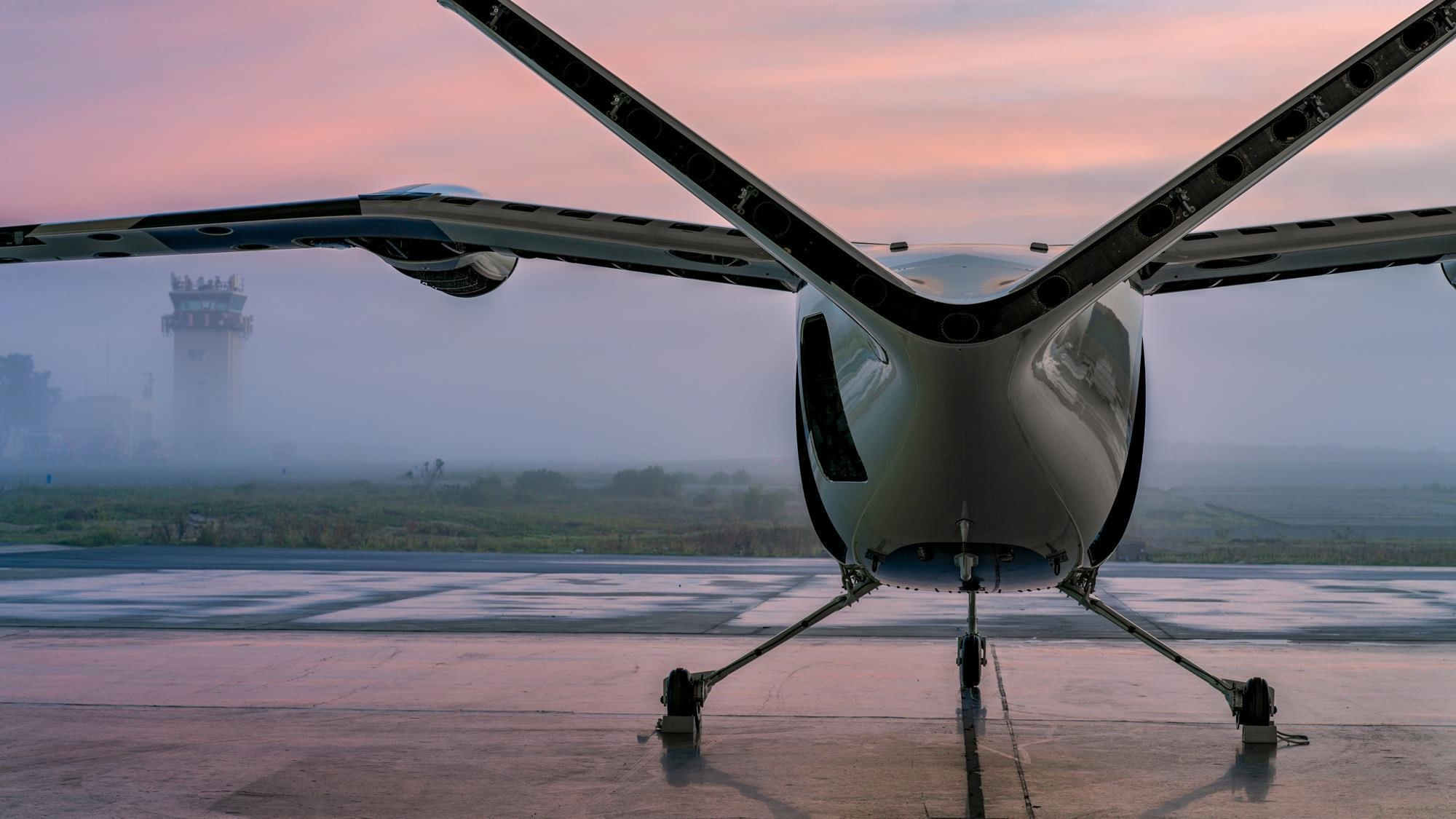
FAA to Review Honda’s Exemption Request for eVTOL Aircraft Trials in the US
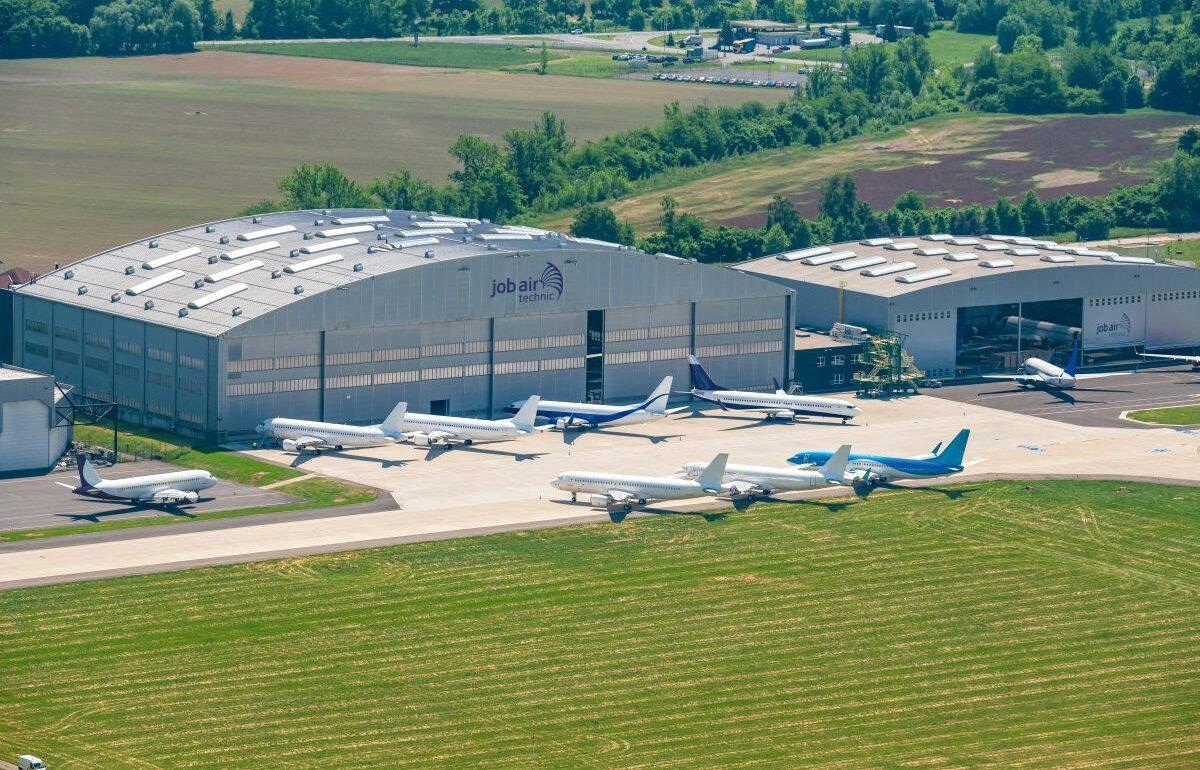
New Aviation Maintenance and Training Center Planned for North Bali

Airbus Exceeds 2025 Delivery Target with 793 Aircraft
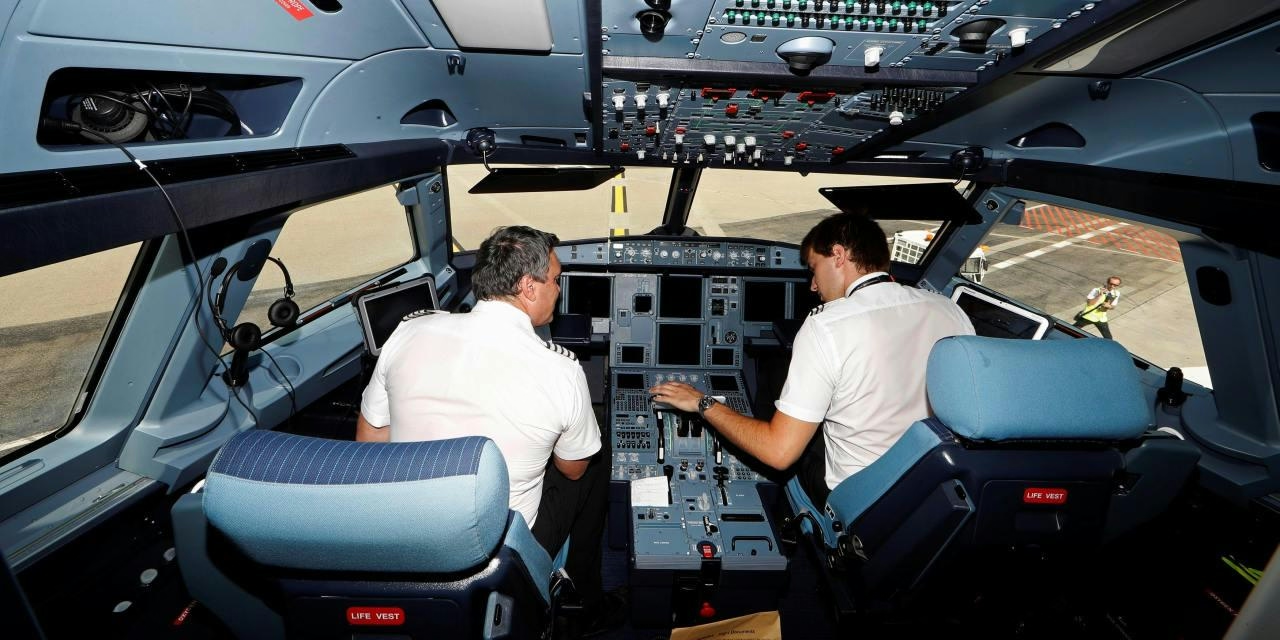
TransDigm Group Reshapes the Aerospace Supply Chain
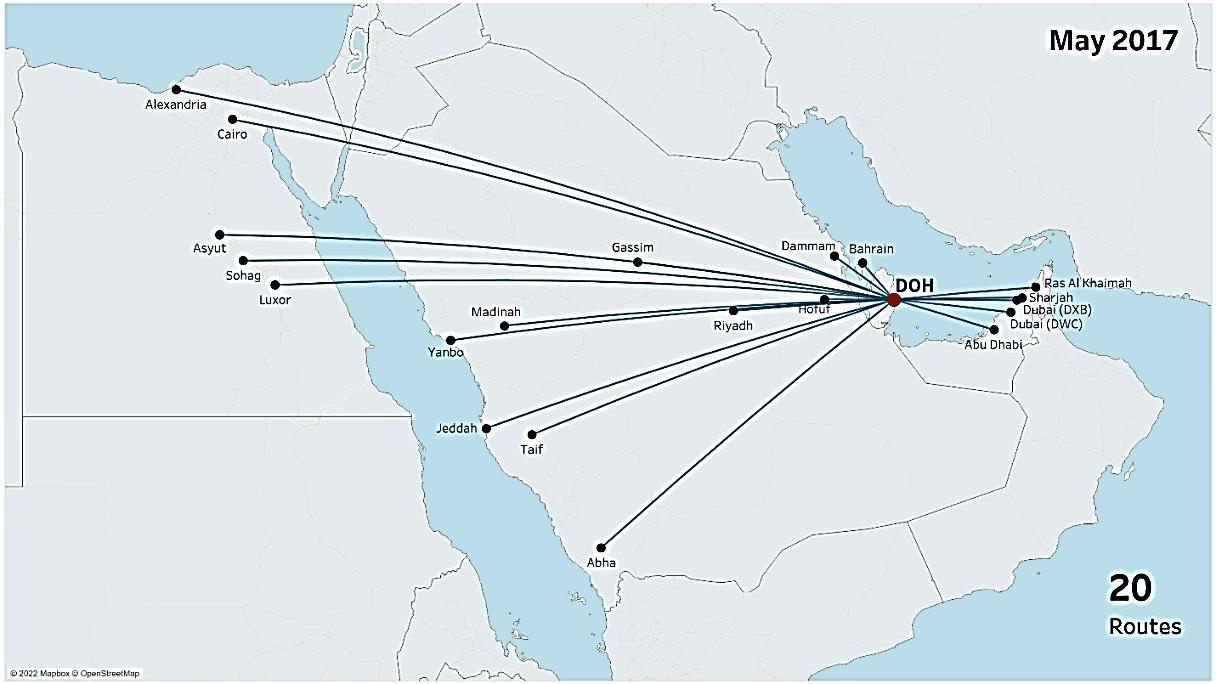
Qatar Secures ICAO Re-election and Expands Aviation Routes

UAE and China Advocate for Flying Taxis Over Self-Driving Cars
